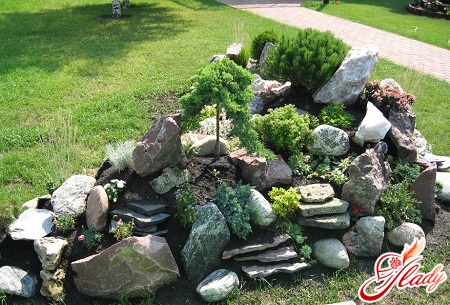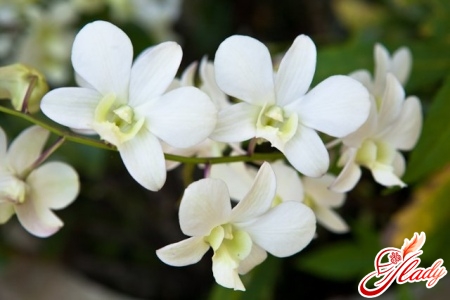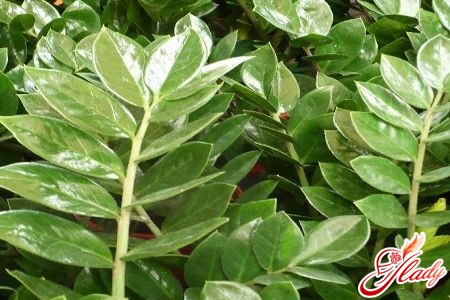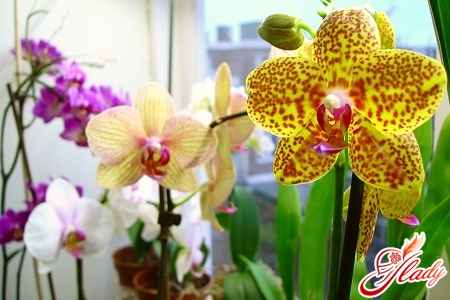 Orchids are still an amazing creation.Nature. In order to draw strength for lush growth and lush color, they do not even need to descend to the sinful earth. So they hover above the ground, content with the moisture of the tropical air. However, tamed and domesticated orchids do not have such an opportunity. We squeeze them into flower pots and wait with bated breath for the first wonderful flowers to appear. So let's try to create for these tropical aborigines at least the illusion of their native habitats. For example, we will learn how to water them taking into account the characteristics of epiphytes and learn what the correct watering of phalaenopsis orchids should be.
Orchids are still an amazing creation.Nature. In order to draw strength for lush growth and lush color, they do not even need to descend to the sinful earth. So they hover above the ground, content with the moisture of the tropical air. However, tamed and domesticated orchids do not have such an opportunity. We squeeze them into flower pots and wait with bated breath for the first wonderful flowers to appear. So let's try to create for these tropical aborigines at least the illusion of their native habitats. For example, we will learn how to water them taking into account the characteristics of epiphytes and learn what the correct watering of phalaenopsis orchids should be.
General rules
- The first and mandatory rule of watering the orchidssays that for him it is necessary to use only soft (or medium hardness) water. The water can be softened by usual boiling, or by adding oxalic acid to the water for irrigation (a quarter of a teaspoon per ten liters of water).
- According to the second rule, water for watering orchidsmust be saturated with oxygen. How to do it? By simply pouring water from a container into a container. But you need to do this slowly, pouring water with a thin stream.
- The third rule obliges us to use only warm water for irrigation. In any case, not lower than room temperature.
- The fourth rule regulates the frequency andintensity of irrigation. Pour females should be, focusing on the color of the roots and the presence of condensation. If droplets of moisture are observed on the walls of the pot, then it is worth refraining from watering. If there is no moisture, and the roots become bluish-gray in color, then the flower is urgently required watering.
Watering according to these rules will not harm your orchid.Water it as needed with warm, soft, oxygenated water. And if you combine watering methods, the tropical orchid will feel right at home (in the tropics).
Watering from above (from the watering can)
By watering the flower with this method, the water is distributed evenlypour from a watering can over the entire surface of the substrate. Pour it until the water begins to flow from the bottom of the pot through the drainage holes. Then wait until all the excess water flows into the tray, and drain the excess. After a few minutes, water the flower again and drain the water from the tray. If the orchid pot is in a place where it is not afraid of drafts and temperature changes, then you can water the flower at any time of the day. Otherwise, this procedure is best done in the second half of the day (closer to evening). When watering from a watering can, you must also ensure that water does not get on the plant itself, especially in the axils of the leaves - phalaenopsis does not like this. If moisture does get on the flower, it must be removed (blot with a napkin or carefully blow off the droplets from the flower).
Bathing (showering)
It is believed that for watering phalaenopsis orchidsThis method is preferable to watering from a watering can: small streams wet the substrate better and more evenly. And such a bath will not harm the flower itself, if after the shower you dry it and blot all the moisture (especially in the leaf axils). Orchids are bathed no more than three times a month, optimally - once or twice. If you are not sure about the quality of tap water, then it is best to bathe your orchid, protecting the substrate from moisture (covering it with a plastic bag). For bathing, you should use only warm water, and make the pressure weak. By the way, some gardeners practice a hot shower. After bathing, you need to clean the flower from drops of water and leave it in the bathroom to dry the substrate. If you take the orchid out of the warm bathroom immediately after a warm shower, the temperature drop will not have the best effect on the condition of your beauty.
Method of immersion
Diving, which is currently fashionable, is also useful for orchidsPhalaenopsis. Of course, we will not immerse the entire flower in water, but only the pot with the substrate. It is believed that this method is most suitable for those orchids that grow in baskets filled with tree bark. How to water a Phalaenopsis orchid using the immersion method? Lower the basket into a basin (bowl, saucepan) with warm boiled water so that the water does not flood the surface of the substrate. Keep the flower in the water for about thirty seconds (it can be longer, depending on the density of the substrate), and then take it out and wait until all the excess water drains. Orchids growing on a block can also be watered using this method, but only if the substrate does not float.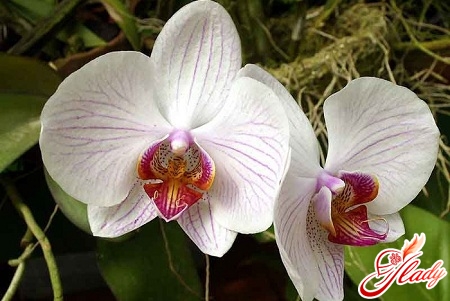
Secrets and advice
For a comfortable existence for orchidsModerate (even balanced) watering is necessary. Without moisture, they will simply die, but its excess will also destroy the plant. Focus on the color of the phalaenopsis roots - this is the surest signal that will never let you down. Never leave drops of water on the leaves of the orchid. In the heat, water it more often and more abundantly, and in the cold season, it is better to spray. Lack of moisture is detrimental to orchids mainly during the budding of buds, and overwatering - at any time. The roots of a "flooded" orchid will definitely begin to rot, and the substrate in the pot will become moldy. At the first such symptoms, the plant must be immediately transplanted into a new pot, replacing the substrate in it and cutting off all damaged parts of the roots. So be careful and moderate in your desire to actively care for the flower. Remember that the main motto of a skilled "waterer": it is better to underfill than to overfill. Phalaenopsis orchid prefers proper watering, corresponding to the "water regime" of its native habitats. And in its native places, it takes moisture mainly from the air. And if you follow all the rules and requirements (dictated, by the way, by the orchid itself), then your tropical woman will definitely thank you with her magical flowering. We recommend reading:




